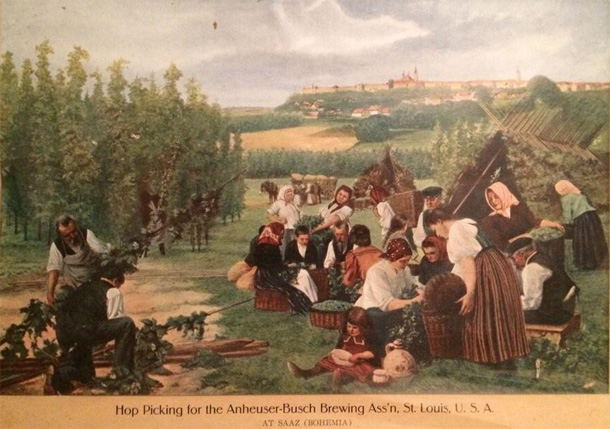 The topic for The Session #141 is “The Future of Beer Blogging.” Because it comes with an announcement that it is time — past time, really — to recognize The Session has run its course (and maybe because when I tweeted a link to Jay Brooks’ post I used the words “sunset” – my bad) discussion popped up about if the demise of The Session is another sign that beer blogging is dead.
The topic for The Session #141 is “The Future of Beer Blogging.” Because it comes with an announcement that it is time — past time, really — to recognize The Session has run its course (and maybe because when I tweeted a link to Jay Brooks’ post I used the words “sunset” – my bad) discussion popped up about if the demise of The Session is another sign that beer blogging is dead.
Not true.
My family and I are in a time zone far, far west of most of you and there are rain forests and crashing waves to see, so I will be brief. Those of us who decided to call it The Session when it began in 2007 never claimed it was a stammtisch. It was of the digital world. We didn’t all sit down together, beers in hand, for several rounds. If a member went missing for a gathering or two we didn’t worry about her or his health. We didn’t bitch about our kids or the neighbor’s dog.
It served multiple purposes, I suppose, but one reason I suggested it at the outset was to expand the number of blogs that readers were paying attention to. One of the six regular visitors to Appellation Beer might drop in an see what was being written at Beer Haiku Daily (the host of the eighth session, and, like many early hosts, long gone). This might also be called listening to more voices.
Perhaps The Session could still serve that purpose, but for several years it has not.
So, to the “future of beer blogging.” I first typed, “I don’t care.” In fact, I do care, but my interest is the story. The delivery vehicle is just that. Have you ever listened to the town crier on a foggy morning in Lyme Regis? Great form of communication. Not so much today. Beer blogging will remain one way to engage readers/listeners/viewers going forward. As a fan of the written word, for now my preferred way. I’m excited that Jonathan Surratt has decided to drag RSBS (means nothing to you, right?) from the aughts into the teens and offer us ReadBeer. Call it diversity in beer storytelling.
And buy that man a cheeseburger.
What lives in the archives (thanks, Jay Brooks) of The Session is pretty terrific. Back in April of 2014 the topic was beer journalism. That’s what we should be talking about, and consider blogging as one outlet. Things about blogging have changed since 2007, but not that much. Blogs will continue to go and come. Mark Johnson nicely traced the life cycle a few weeks ago.
As to the future of Appellation Beer? Martyn Cornell put it better than I after the North American Guild of Beer Writers gave me what might be called a “lifetime achievement” award. Things have been quieter than quiet here, but I’ve been busy writing stories that have appeared or will appear elsewhere and on research for a couple of book projects. When I determine what regular posting means here then that will resume, and the about page will reflect the schedule.
I will likely miss The Session more than you. I didn’t make all of the 140 that came before this one, but more than most, including No. 140. How many were there for that one? What should that tell us?
